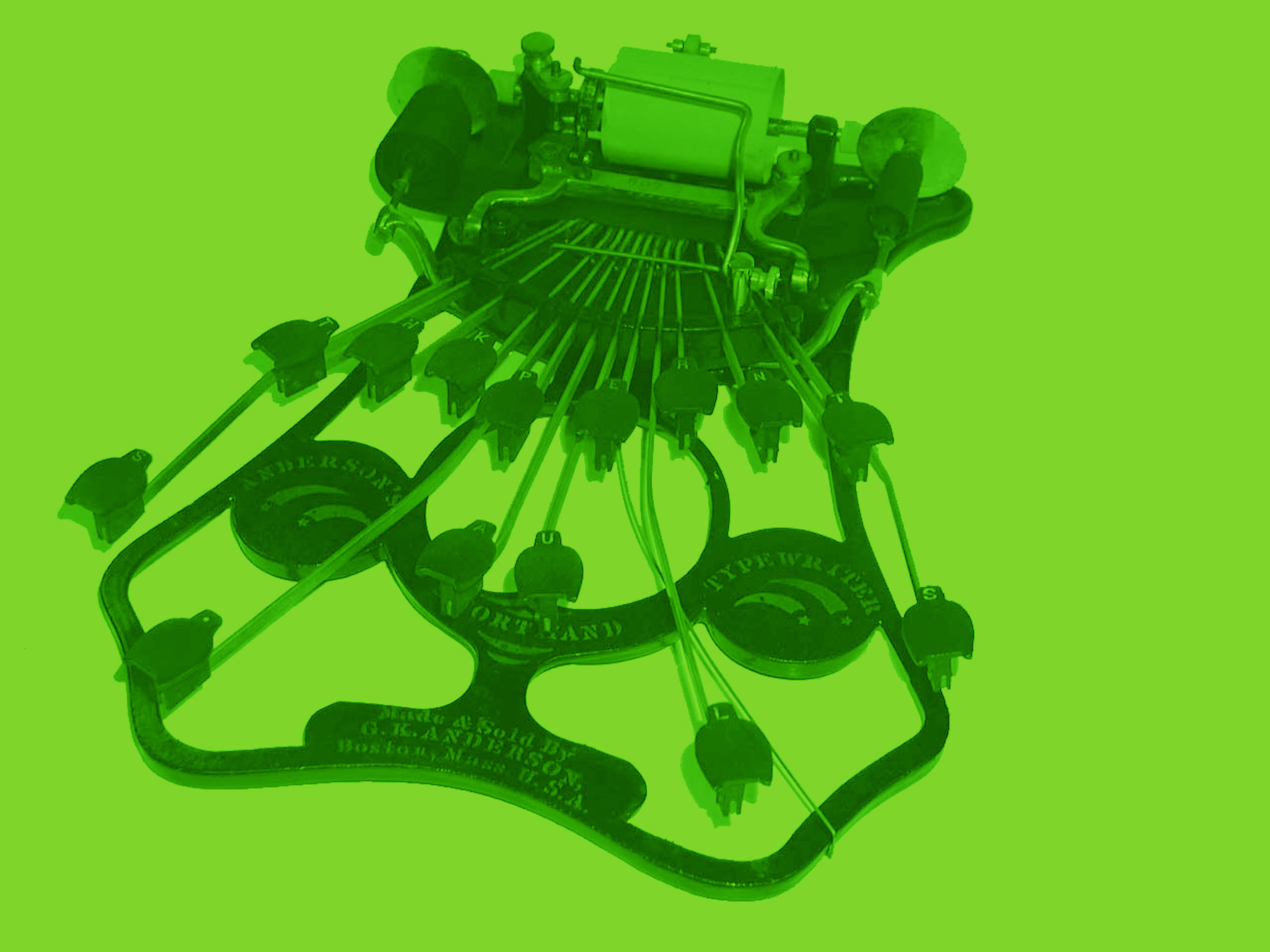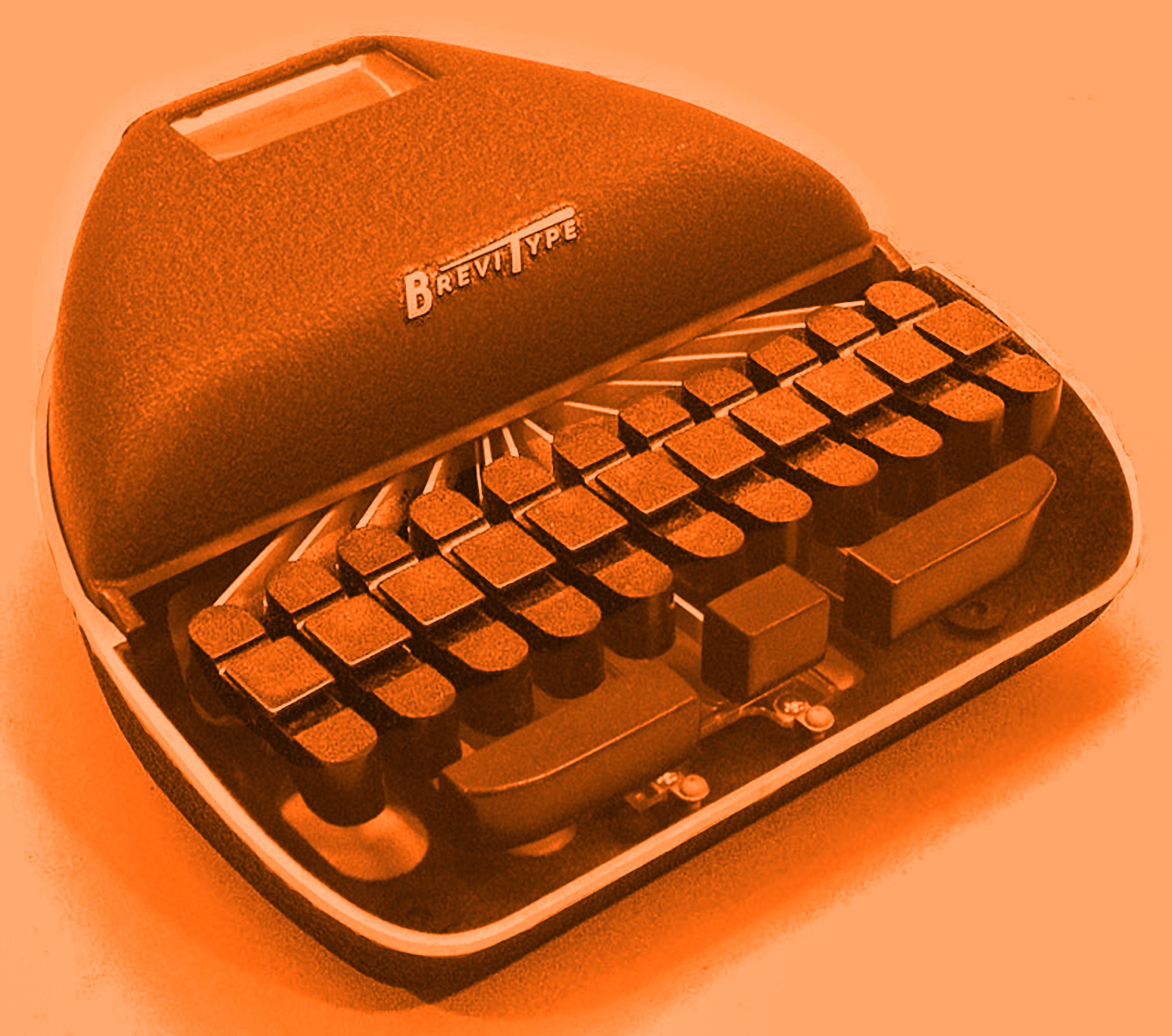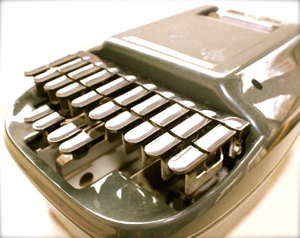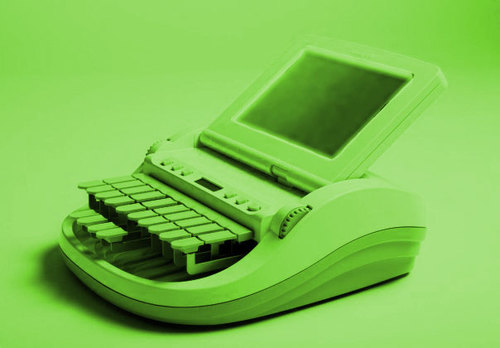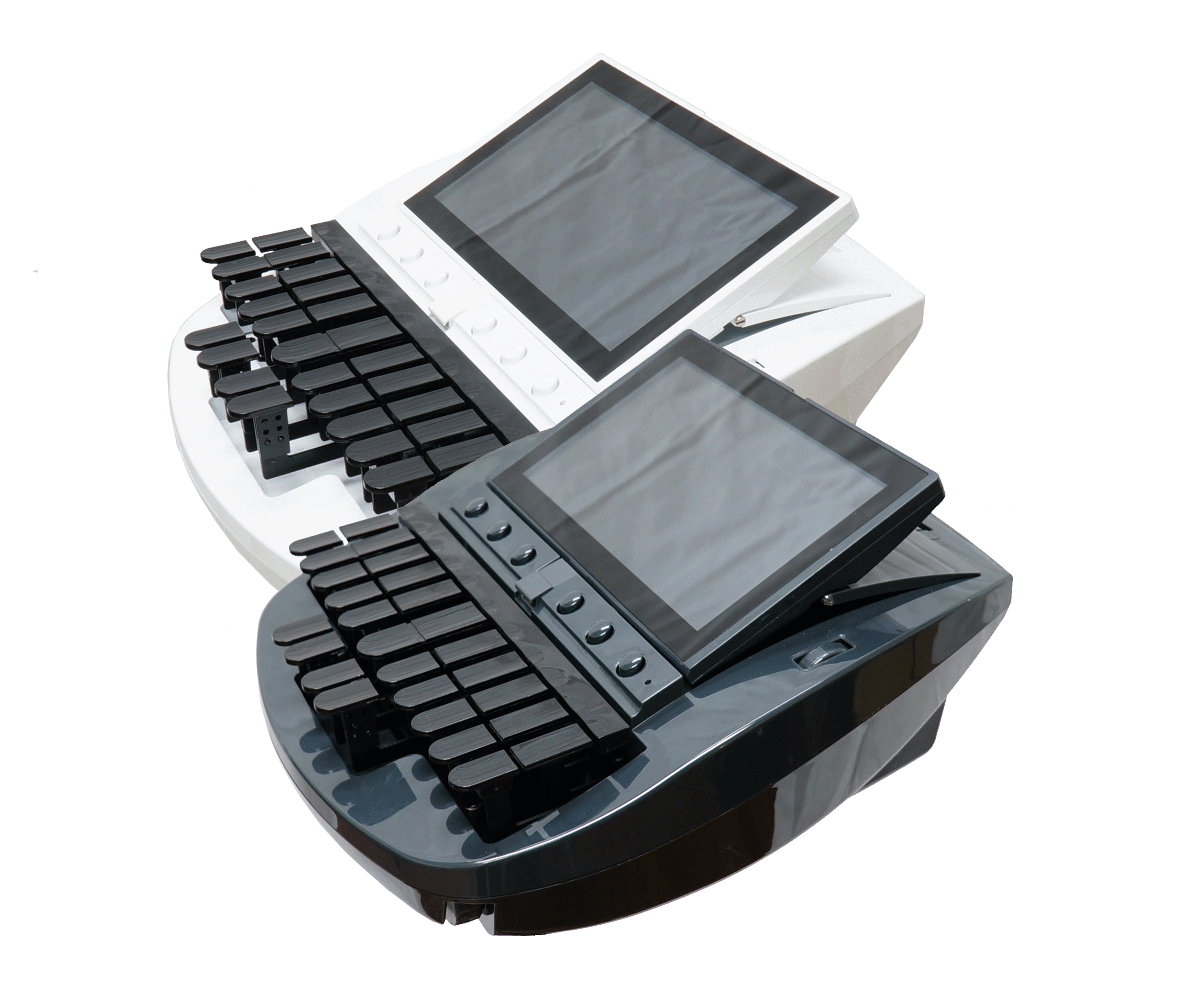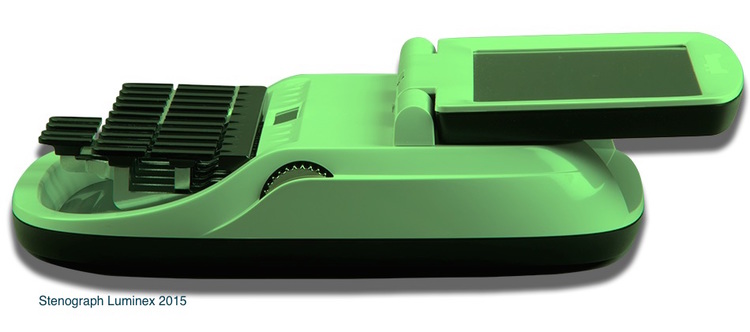What are some real life examples of stenography?
Before becoming famous as a writer, Charles Dickens practiced as a Court Reporter in London's Parliament. His struggles to learn shorthand became a subplot in the book, David Copperfield.
The Court Reporters in the O.J. Simpson trial took down more than 1 million lines of trial transcript.
Actor Harvey Keitel began his professional career as a Court Reporter at Century Reporting Company in New York City.
The Court Reporter who accompanied Richard Nixon during part of his 1968 presidential campaign delivered transcripts of television show appearances to the media faster than the networks.
A former stenographer for Paramount Pictures founded the Mattel Company and introduced the world to the Barbie doll.
The federal judge who later became the first commissioner of baseball began his career as a Court Reporter.
Actresses Michelle Pfeiffer and Kim Delaney once studied to be Court Reporters.
Court Reporters have taken depositions or court proceedings of multitudes of the rich and (in)famous: Elvis Presley, Bill Cosby, Joan Collins, Jimmy Hoffa, Frank Sinatra, Isley Brothers, Jacqueline Kennedy Onasis, Muhammad Ali, Alex Haley, Michael Bolton, John Lennon and Yoko Ono, Michael Jackson, Jay Z and others. Legal actions on behalf of all Americans are recorded by Court Reporters.




